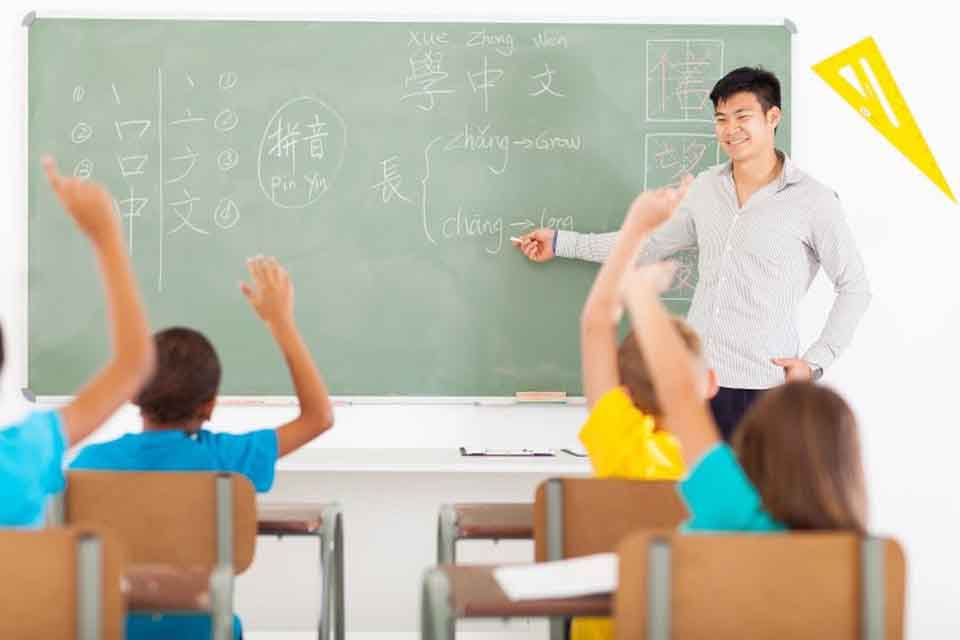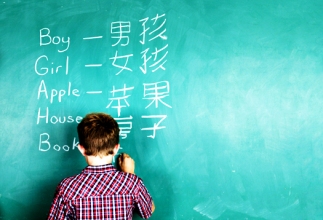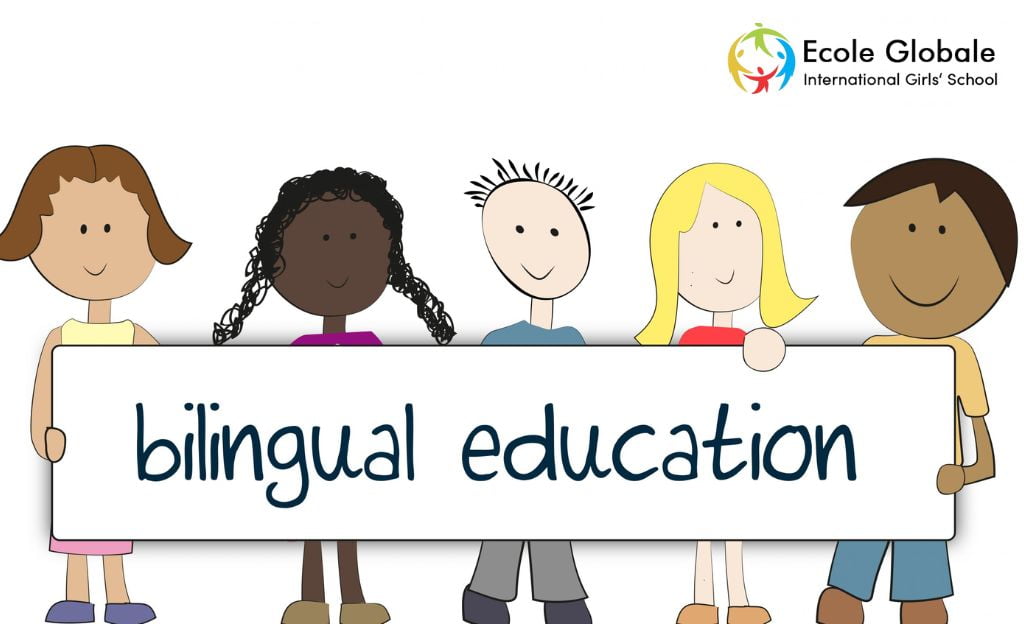Bilingual education is often a heated issue. Some argue that students in bilingual programs perform worse than their monolingual peers. Others believe that bilingualism offers students numerous advantages. Bilingual education is a misunderstood but beneficial learning practice that can benefit students and teachers.
As per research conducted by Best International schools in India, Bilingual education is a system of instruction that provides students with the opportunity to learn and master content in two languages. This approach is often used as an educational tool for students who speak more than one language.
With bilingual education, these kids can learn how to be more open-minded and become better citizens in the future. The key to finding success through bilingual education lies in developing a systematic approach that addresses all of the necessary components, including language, reading, and maths.
Bilingual Education
Bilingual education is a style of instruction that utilizes two languages to promote bilingualism. The goal of bilingual education is to teach students enough language skills so they can communicate with others who speak different languages and learn other subjects in the classroom.
Bilingual education prepares students for life in a multilingual society by teaching them in two languages: the mother tongue/first language and a second language, as well as preparing them to be proficient with either language.
Bilingual education gives children the opportunity to learn in their native language for as long as possible. Typically, this is the language that they speak at home and in their community, even if it’s not English. When they’re ready, they’ll start learning English or any other language as their second language.
Advantages of Bilingual Education

Bilingual education can benefit students by providing them with opportunities they may not otherwise have been able to access.
By providing students with the opportunity to learn in their native language, bilingual education programs can help students develop stronger academic skills, greater social skills, and even higher self-esteem. Some of these benefits include:
It helps develop critical thinking skills
Studies show that bilingual children develop better cognitive skills than monolingual children. It means they can think faster, solve problems better and remember more things than monolingual children can. In addition, it also helps them become better learners later on because they will have an easier time understanding new concepts if they already have some knowledge about them.
Students learn to think critically and solve problems in different ways than they would if they were only learning one type of thinking.
Increased intelligence
Children who take part in bilingual programs score higher on tests than those who do not have this type of experience when they enter school. In addition, children who learn more than one language tend to have higher IQs than those who do not speak more than one language.
Improved academic performance
Children taught in their native tongue do better academically than those who don’t get this type of instruction early on in life because it allows them to focus on learning concepts rather than memorizing material for an exam. In addition, research shows that these students can retain more information than their peers who don’t speak another language at home.
Students enrolled in bilingual education programs will often develop stronger academic skills than their peers taught only in English. It is crucial because they have more time to master concepts before moving on to more difficult material. In addition, because bilingual education programs are designed for children who speak two languages fluently, teachers can tailor instruction to match each student’s specific needs even more closely than traditional classroom models allow.
Students are more likely to succeed academically and professionally later on in life
As technology, employment opportunities, and global interactions become more non-English speaking dominant, it is becoming important to raise multilingual students. The advantages of bilingual education allow students to be better equipped with the skills they need to remain successful.
Students become better readers faster than their monolingual peers because they can understand more complex texts.
Increased Social Skills
Because bilingual education programs often allow students to learn in their native language at least part of the time during class sessions, these programs also tend to increase social skills among participants. Research has shown that bilingual children tend to develop greater empathy and compassion than their monolingual peers.
Bilinguals can communicate more clearly and effectively than monolinguals when dealing with people from different backgrounds because they are constantly translating information between different languages and cultures.
It will help them to develop cognitively, socially, and linguistically
Learning a second language helps your child:
- Develop cognitively – The mind of a child is like a sponge when it comes to new information. When you introduce them to another language, they’ll absorb it easily.
- Develop socially – Learning another language helps children understand other cultures and people who speak different languages.
- Develop linguistically – A child who knows more than one language has an advantage over others when it comes to learning additional languages later in life.
Challenges to Bilingual Education

Efforts to teach English as a second language in countries across the globe have marked a distinctive chapter in the history of education. Though no longer confined to industrialized states alone, it has reached out to developing countries as well, and such efforts are beset with peculiar problems.
Bilingual education is a controversial but essential part of learning.
Lack of funding
The main issue with bilingual education is funding. It’s expensive to run one program in more than one language, especially if there are enough students to warrant teaching most of the classes in multiple languages. They are expensive because they require more teachers than traditional classroom settings.
Structural Incompatibilities
Bilingual education may not be carried out effectively because of low-quality teachers who do not have extensive knowledge of the subject matter they’re teaching or don’t speak the language perfectly.
The first challenge is language. Educators must find strategies for teaching students who speak different languages and who may have limited English proficiency. It means teachers must be skilled in teaching across languages and cultures.
Students in bilingual classes may not learn as much as their monolingual peers because they spend so much time learning their second language instead of learning academic content.
Language proficiency
Students who don’t already speak or read the target language well enough to participate fully in classroom activities will probably struggle with their new curriculum. They’ll also have trouble keeping up with their peers who have been exposed to the target language at home or through other activities outside school hours (such as music lessons).
Children who don’t have enough exposure to the target language outside of school won’t have much opportunity to learn it — even if they attend a bilingual school.
Cultural issues
Students from different cultures often have different expectations about classroom rules and behaviors than their peers from other backgrounds do.
Many believe that children from different cultural backgrounds should be taught separately because learning in their native language will help them retain their cultural identity. Some people argue that this approach fosters prejudice against other cultures and leads to segregation.
Conclusion
Parents, teachers, and administration must be on the same page to succeed with bilingual education. It is obvious that when well-designed, bilingual education programs provide multiple educational benefits for a child. Not only does bilingual education lend fluency to a child for better communication – it also introduces them to new perspectives.
Moreover, it prepares them for a future in which we live in a more globalized society, where we must learn and converse with people from all over the world.
For any queries related to parenting, schooling, or any student-related tips, click here to check out our latest blogs.






